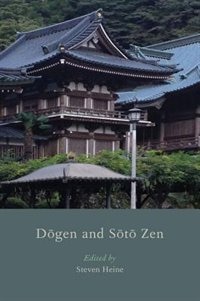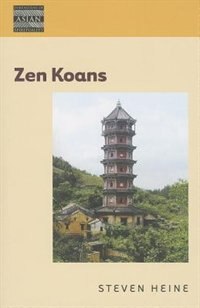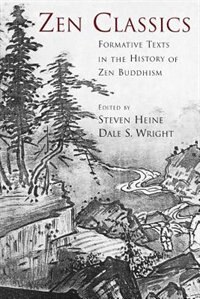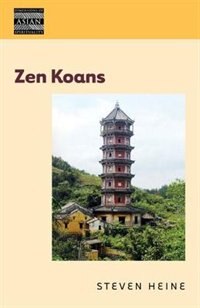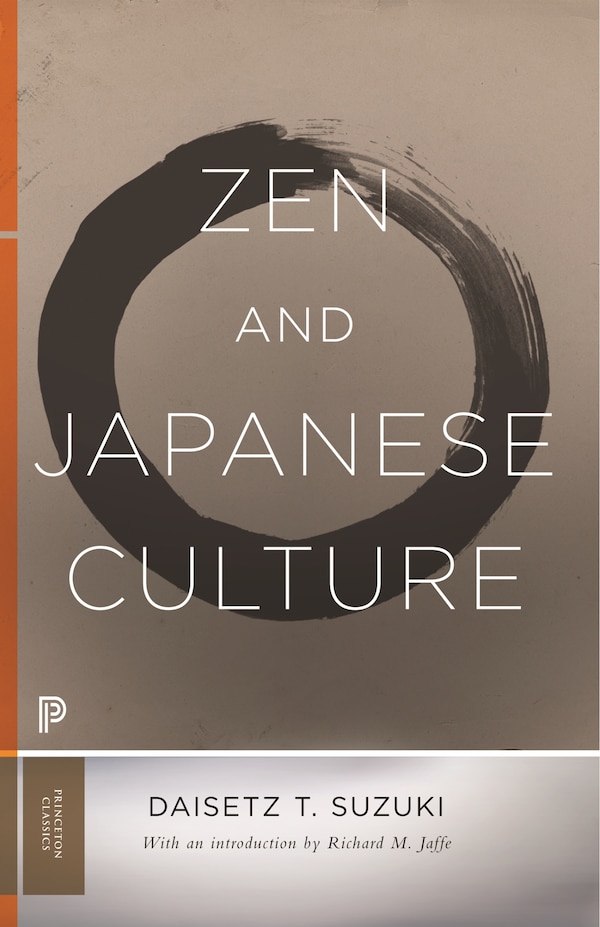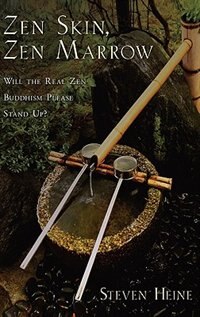Home
From Chinese Chan to Japanese Zen by Steven Heine, Paperback | Indigo Chapters
Loading Inventory...
Indigo
From Chinese Chan to Japanese Zen by Steven Heine, Paperback | Indigo Chapters
From Steven Heine
Current price: $39.00
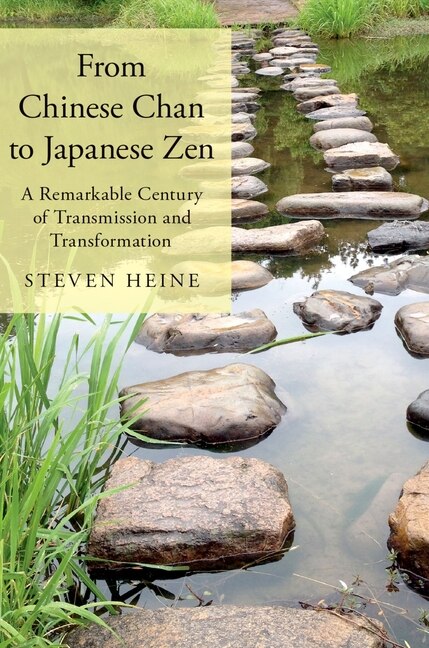

Indigo
From Chinese Chan to Japanese Zen by Steven Heine, Paperback | Indigo Chapters
From Steven Heine
Current price: $39.00
Loading Inventory...
Size: 0.68 x 9.25 x 500
*Product information may vary - to confirm product availability, pricing, shipping and return information please contact Indigo
This work provides a survey and critical investigation of the remarkable century that lasted from 1225 to 1325, during which the transformation of the Chinese Chan school of Buddhism into the Japanese Zen sect was successfully completed. The cycle of transfer began with a handful of Japanesepilgrims, including Eisai, Dogen and Enni, who traveled to China in order to discover authentic Buddhism. They quickly learned that Chan, with the strong support of the secular elite, was well organized in terms of the intricate teaching techniques of various temple lineages. After receiving Dharmatransmission through face-to-face meetings with prominent Chinese teachers, the Japanese monks returned home with many spiritual resources. Foreign rituals and customs met with resistance, however, and by the end of the thirteenth century it was difficult to imagine the success Zen would soonachieve. Following the arrival of a series of emigre monks, who gained the strong support of the shoguns for their continental teachings, Zen became the mainstream religious tradition in Japan. The transmission culminated in the 1320s when prominent leaders Daito and Muso learned enough Chinese toovercome challenges from other sects with their Zen methods. The book examines the transcultural conundrum: How did this school of Buddhism, which started half a millennium earlier as a mystical utopian cult for reclusive monks, gain a broad following among influential lay followers in both China and Japan? It answers this question by a focusing on themythical elements that contributed to the effectiveness of this transition, especially the Legend of Living Buddhas. | From Chinese Chan to Japanese Zen by Steven Heine, Paperback | Indigo Chapters


